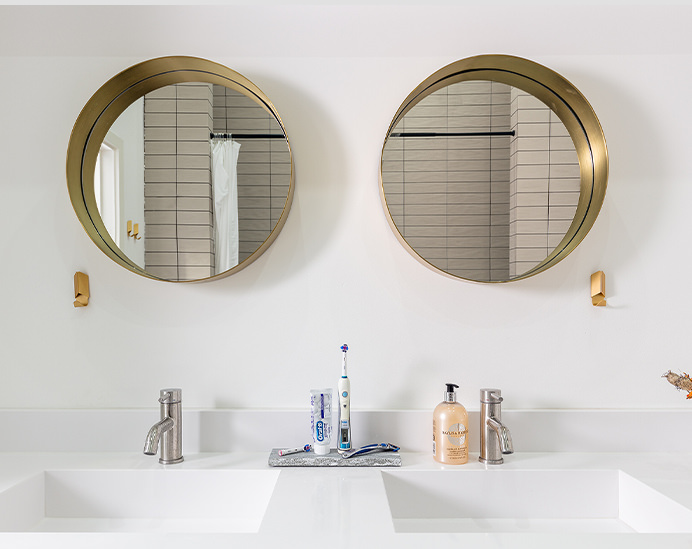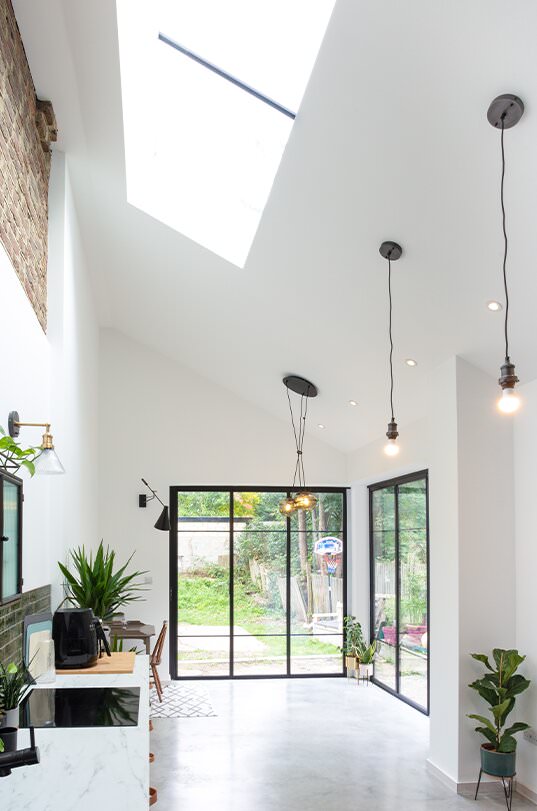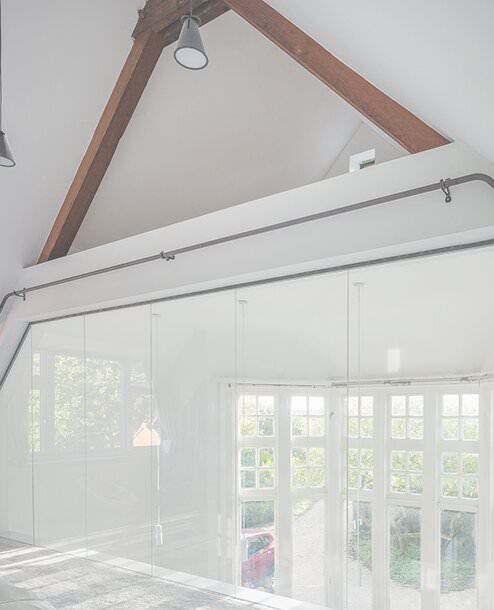3 Main procurement routes explained.
April 19, 2020
One for the property developers out there, here, we thought we’d explain a little more about the different methods of procurement there are out there for you to run, design and build a project. Our views below focus mainly on the three main routes of procurement.
What is procurement?
Procurement routes in construction are the methods of running a project. There are numerous ways of doing so, but each has its own advantages and disadvantages which will align with your project aspirations. The three main routes are:
1: Traditional Procurement
The traditional procurement route clearly separates design from construction. The architect and design team is appointed on an individual basis all directly to you, the client. The contractor is typically appointed after a competitive tender process and is then allocated the responsibility of coordinating the construction team including all subcontractors.
What are the main pros and cons?
– The separation between the design and construction teams is one of the main disadvantages of traditional procurement.
– This route has been established for the longest length of time out of the three routes discussed today, so most are well versed with this method and the process involved.
2: Design and Build Procurement
Design and build is intended to arrange the team to encourage collaboration. In this route, the contractor takes the more prominent role in the team as they are your one point of contact and all appointments are assigned to them making them the focal point of communication which is intended to simplify the process for the client. There are various forms of D&B procurement route, other than having a D&B arrangement from start to finish, at times, traditional procurement can take place early on in the process before the design team being novated to the contractor at a milestone stage for example – after planning approvals.
What are the pros and cons?
– The pros of this route are that the contractor takes on all risks as they are the only party appointed to you as all other consultants are then appointed by the contractor.
– Payments are simpler as you only have to pay one party.
– On the flip side, being a contractor-led team, the main drivers of the contractor will be time (prioritizing ease of build) and costs (potentially reducing the quantity and quality of materials).
3: Contract Management
Typically suited to experienced developers who have a wide in-house team experienced in dealing with complex projects. This route typically takes individual trade packages and tenders them out to separate contractor/subcontractor teams which are then directly appointed by the developer.
What are the pros and cons?
– The main benefit to this procurement method is cost as it removes the main contractor.
– The complexity of the procurement route means that there is inherently more management for the client.
– The risk is predominately on the client, even though each works contractor will be providing you with their own guarantees and warranties, the risk to the client is typically inherited through the management factor.






